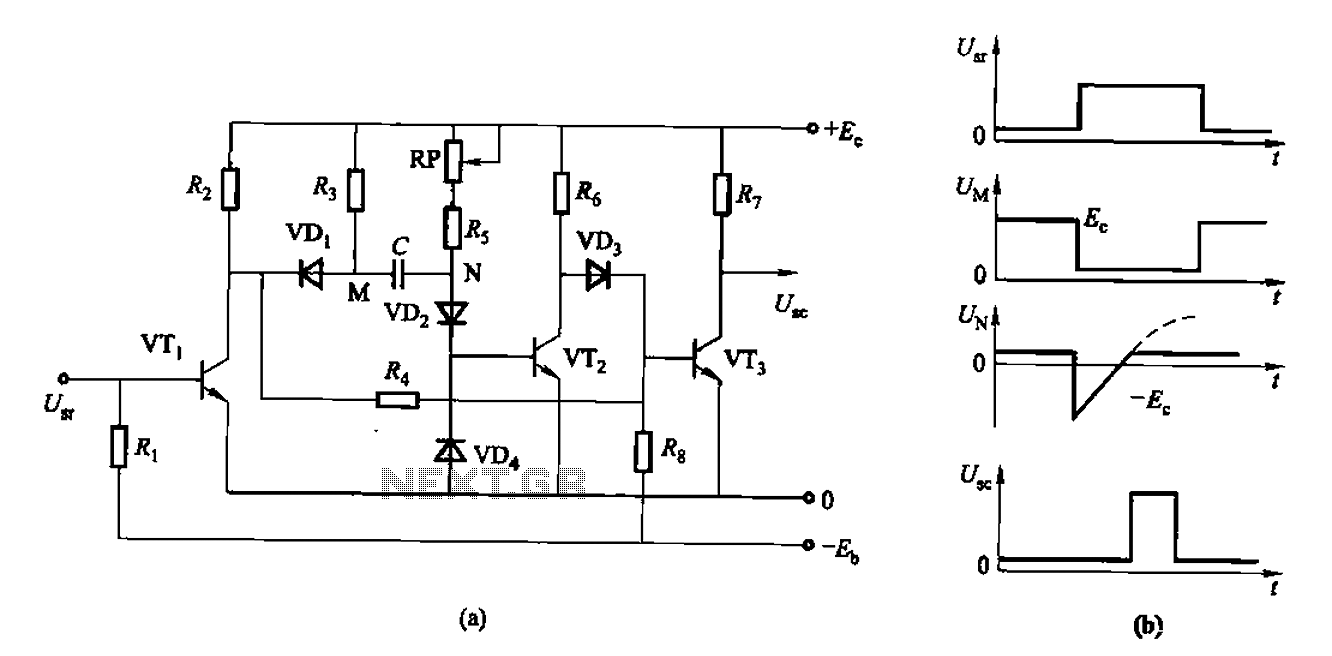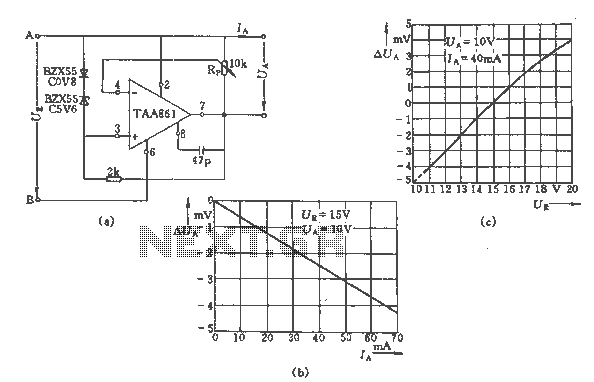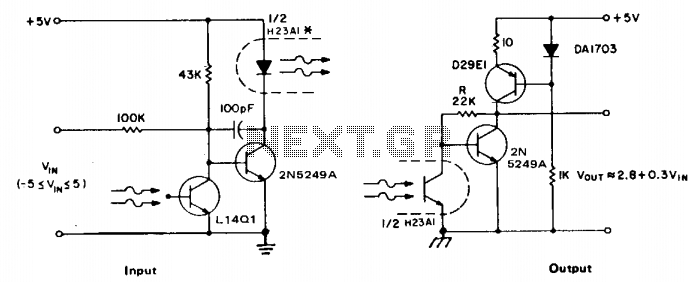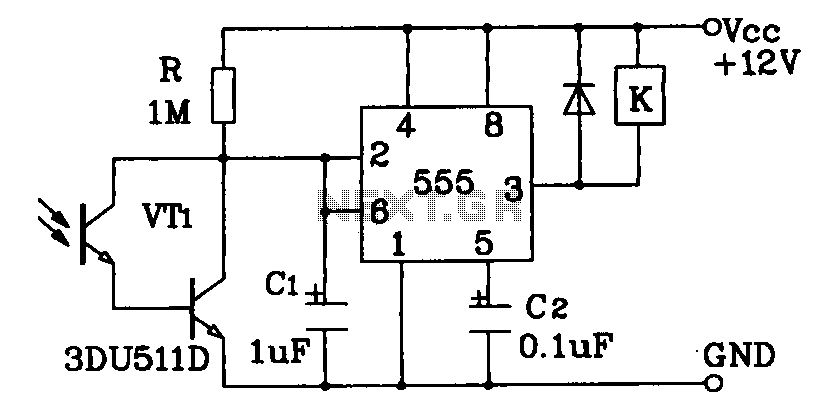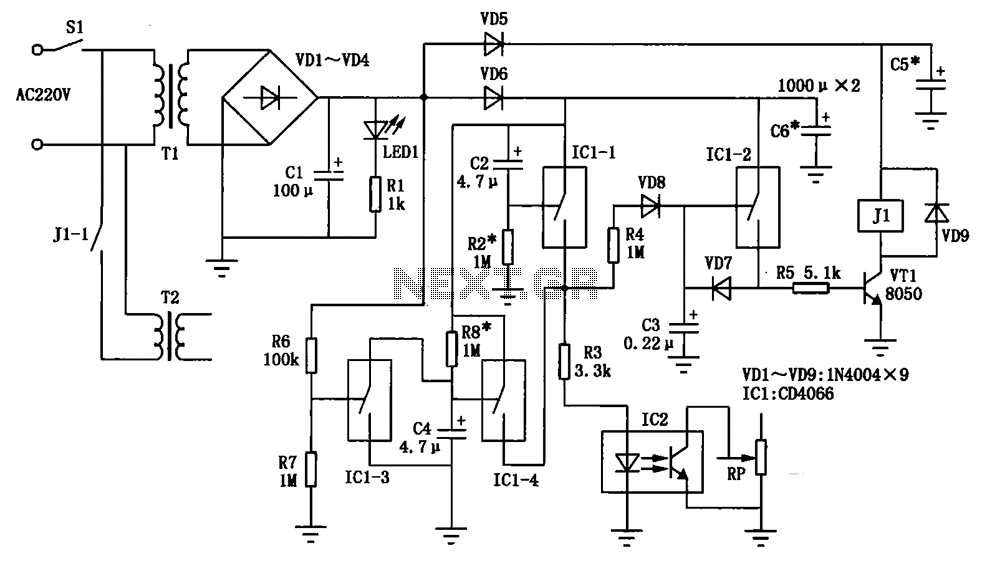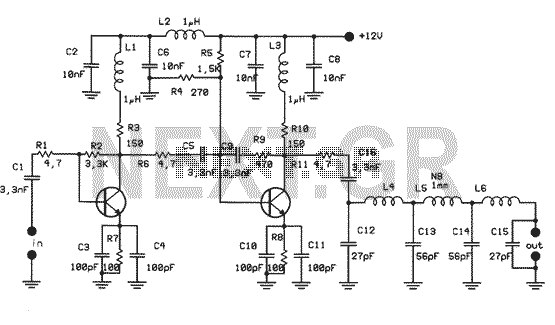
60W x2 standard linear type tube amplifiers
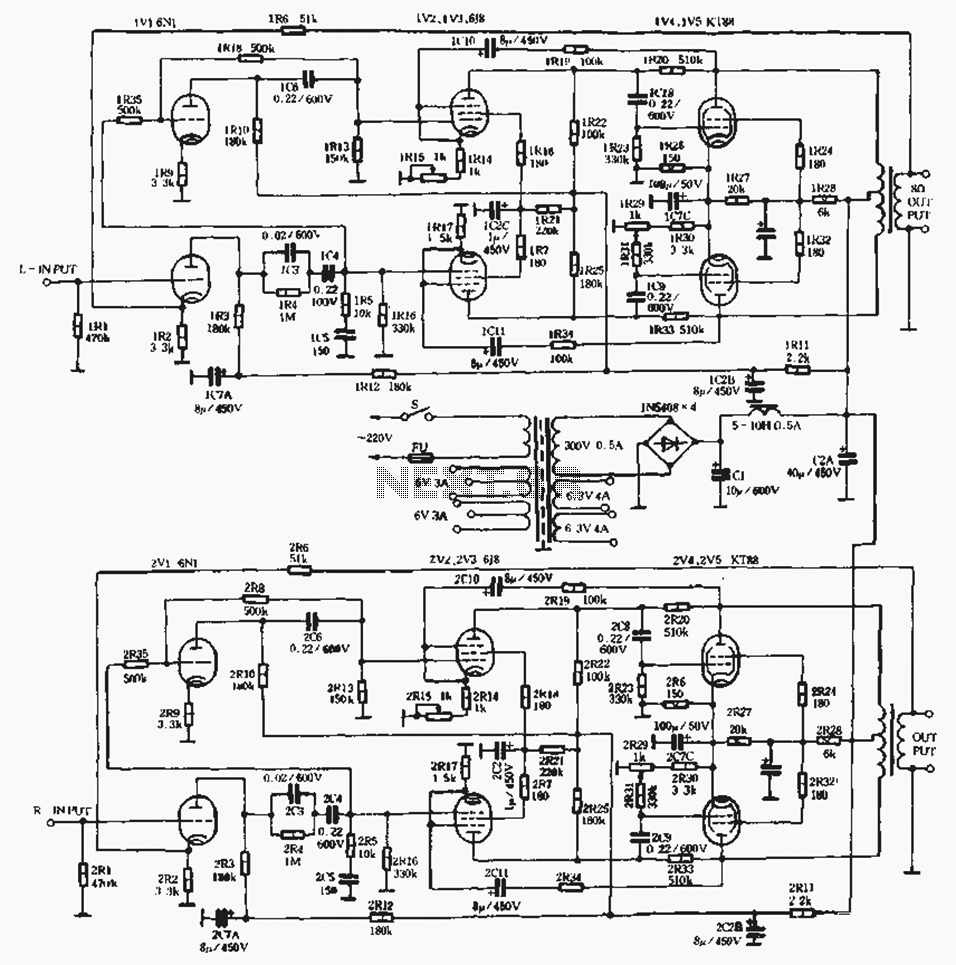
A standard linear amplifier is designed according to a conventional circuit configuration, with the power of the beam tube indicated in Figure 1-8. The output stage employs power tubes such as EL34, KT88, and KT100, which are types of radio beam tetrodes. This amplifier operates as a Class AB push-pull circuit, utilizing a semi-fixed bias method rather than a completely fixed or entirely cathode bias. When using EL34 tubes in a push-pull configuration, each output can deliver up to 40W. With KT88 tubes, the output power increases to 60W per channel, and when using KT100 tubes, each output can reach up to 80W.
The described linear amplifier is a versatile audio amplification device that employs a push-pull configuration to enhance output power and reduce distortion. The circuit is designed to operate in Class AB mode, which allows for efficient operation while maintaining sound fidelity. The semi-fixed bias method provides a balance between fixed and cathode bias, ensuring stable operation across varying conditions.
The EL34, KT88, and KT100 tubes are selected for their robust performance characteristics, with each offering different output power capabilities. The EL34 tubes, known for their warm sound and musicality, are suitable for applications requiring 40W output per channel. The KT88 tubes, recognized for their high power handling and dynamic range, can provide 60W output per channel, making them ideal for more demanding audio environments. The KT100, with its even greater power handling capability, allows for a maximum output of 80W per channel, suitable for larger systems or venues.
In terms of circuit design, the amplifier typically includes input and output transformers to match impedance and facilitate signal transfer. Additionally, feedback mechanisms may be incorporated to further refine the audio quality and minimize distortion, ensuring that the output faithfully reproduces the input signal.
Overall, this linear amplifier design exemplifies a balance of power and performance, making it an excellent choice for audio enthusiasts and professional sound applications alike.Standard linear amplifier according to the standard connection conventional circuit configuration, the power of the beam tube tube according to Figure 1-8, the river. The output stage uses power tubes EL34, KT88. KT100 and other radio beam tetrode, belongs to a class AB push-pull amplifier circuit as early as the gate bias circuit is neither completely fixed bias, is not entirely cathode bias, instead of using semi-fixed bias pressure way. When the output tube using EI.34 as push-pull amplification, each output power up. 40W 2; using KT88 push-pull as you zoom in, each output power up to 60W 2; when using the KT100 as a push-pull amplification, each output power up to 80wX 2.
The described linear amplifier is a versatile audio amplification device that employs a push-pull configuration to enhance output power and reduce distortion. The circuit is designed to operate in Class AB mode, which allows for efficient operation while maintaining sound fidelity. The semi-fixed bias method provides a balance between fixed and cathode bias, ensuring stable operation across varying conditions.
The EL34, KT88, and KT100 tubes are selected for their robust performance characteristics, with each offering different output power capabilities. The EL34 tubes, known for their warm sound and musicality, are suitable for applications requiring 40W output per channel. The KT88 tubes, recognized for their high power handling and dynamic range, can provide 60W output per channel, making them ideal for more demanding audio environments. The KT100, with its even greater power handling capability, allows for a maximum output of 80W per channel, suitable for larger systems or venues.
In terms of circuit design, the amplifier typically includes input and output transformers to match impedance and facilitate signal transfer. Additionally, feedback mechanisms may be incorporated to further refine the audio quality and minimize distortion, ensuring that the output faithfully reproduces the input signal.
Overall, this linear amplifier design exemplifies a balance of power and performance, making it an excellent choice for audio enthusiasts and professional sound applications alike.Standard linear amplifier according to the standard connection conventional circuit configuration, the power of the beam tube tube according to Figure 1-8, the river. The output stage uses power tubes EL34, KT88. KT100 and other radio beam tetrode, belongs to a class AB push-pull amplifier circuit as early as the gate bias circuit is neither completely fixed bias, is not entirely cathode bias, instead of using semi-fixed bias pressure way. When the output tube using EI.34 as push-pull amplification, each output power up. 40W 2; using KT88 push-pull as you zoom in, each output power up to 60W 2; when using the KT100 as a push-pull amplification, each output power up to 80wX 2.
